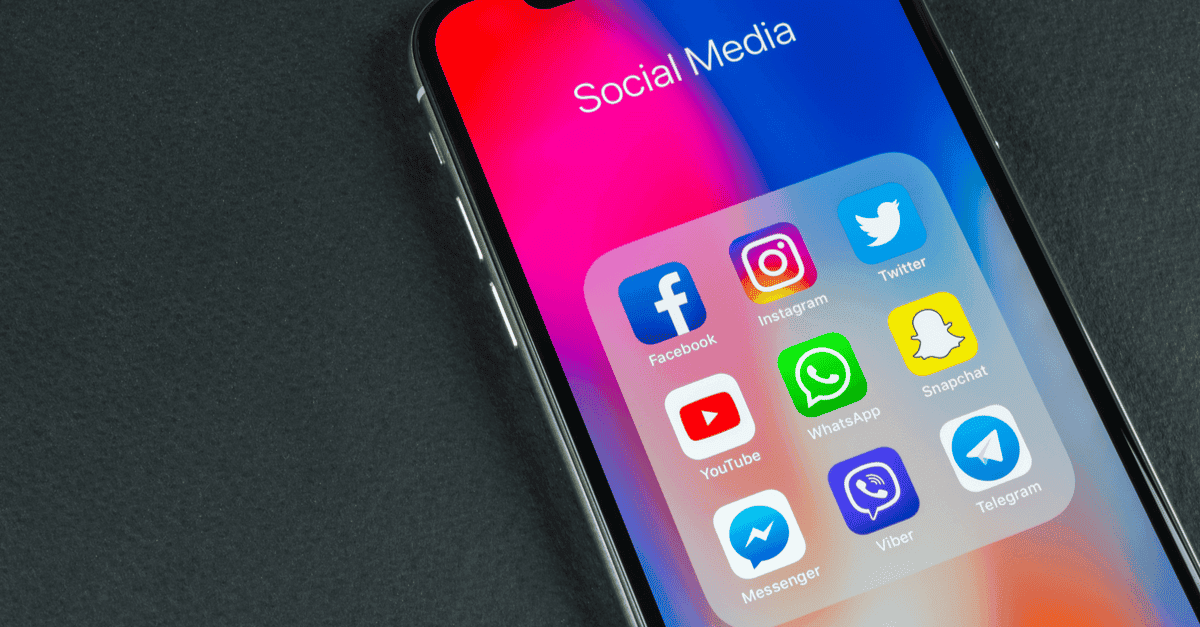Social networking and messaging apps allow young people to maintain social relationships with school friends, distant friends or online friends they’ve never met. However, there are some important safety issues that it’s worth knowing as a parent.
Chatting with strangers
Meeting and chatting with strangers online poses risks to young people who might be vulnerable to grooming and online (and offline) forms of sexual abuse.
Sending inappropriate content
With the physical barrier of a screen, some people feel more empowered to pressurise others into sending messages, often of a sexual or derogatory nature.
Sharing a location
Many apps work on the basis of identity or phone number information. In many cases apps don’t always let you know that this information is being used, meaning children could be sharing personal information. As well as on the social networks themselves, privacy and security settings are available on most devices. You can find out more at our Privacy & Identity Theft advice hub.
Sharing information
Many apps work on the basis of identity or phone number information. In many cases apps don’t always let you know that this information is being used, meaning children could be sharing personal information. As well as on the social networks themselves, privacy and security settings are available on most devices.
Cyberbullying
Smartphones allow people to take photos and share them instantly on their social networks or post information about someone online in seconds. Sometimes this can mean young people are even more vulnerable to episodes of cyberbullying.
Distortion of Body image
With the rise in popularity of photosharing apps such as Snapchat and Instagram children increasingly feel under pressure to conform to the body beautiful images they see so, it’s important to talk to promote positive body image and help children develop a critial thinking to question what they see online.





 YouTube is a social video platform that allows young people to not only watch videos from their favourite YouTubers or vloggers but also share comments with each other about what they are watching. With so many people at commenting, liking and created content for their own channels, it has become one of the biggest social networking platforms around the world with over 2 billion active users.
YouTube is a social video platform that allows young people to not only watch videos from their favourite YouTubers or vloggers but also share comments with each other about what they are watching. With so many people at commenting, liking and created content for their own channels, it has become one of the biggest social networking platforms around the world with over 2 billion active users. A photo-sharing app that allows you to edit photos and videos, upload them and share them to other social networking sites. Photos and videos can be sent directly to friends.
A photo-sharing app that allows you to edit photos and videos, upload them and share them to other social networking sites. Photos and videos can be sent directly to friends. TikTok is a popular social networking app that allows users to create, musical clips and short clips up to 60 seconds and add special affects to them.
TikTok is a popular social networking app that allows users to create, musical clips and short clips up to 60 seconds and add special affects to them. The Facebook app allows you to share personal information, status updates, pictures, videos and chat with a network. The GPS feature is worth understanding – ‘Nearby Friends‘ allows you to see your friends’ current locations on a map.
The Facebook app allows you to share personal information, status updates, pictures, videos and chat with a network. The GPS feature is worth understanding – ‘Nearby Friends‘ allows you to see your friends’ current locations on a map. The Facebook Messenger app is a free messenger app that connects with the Inbox in Facebook and allows users to share photos, videos, audio and can be used for group chats.
The Facebook Messenger app is a free messenger app that connects with the Inbox in Facebook and allows users to share photos, videos, audio and can be used for group chats. Snapchat
Snapchat Free-of-charge, real-time messaging. You can share images and videos, take part in ‘group chats’ and share locations. You can only message someone if you already know their telephone number.
Free-of-charge, real-time messaging. You can share images and videos, take part in ‘group chats’ and share locations. You can only message someone if you already know their telephone number. The Twitter app works in a similar way to the desktop version of Twitter, except that when you tweet you can also post the location of where you’re tweeting from. The Safety Centre for parents can help with any questions or concerns.
The Twitter app works in a similar way to the desktop version of Twitter, except that when you tweet you can also post the location of where you’re tweeting from. The Safety Centre for parents can help with any questions or concerns. Discord is a free voice and text chat app that is often used by young people to communicate with others while gaming online and streaming live video. Known as ‘skype of gamers’ it helps players to communicated with each other through private servers that enable voice, video and text.
Discord is a free voice and text chat app that is often used by young people to communicate with others while gaming online and streaming live video. Known as ‘skype of gamers’ it helps players to communicated with each other through private servers that enable voice, video and text. Telegram is an app available on both mobile and desktops, allowing free and safe messages for the sender. Like WhatsApp, the app encrypts messages and gives you the ability to destroy them if unwanted.
Telegram is an app available on both mobile and desktops, allowing free and safe messages for the sender. Like WhatsApp, the app encrypts messages and gives you the ability to destroy them if unwanted. The app version of Tumblr allows users to post, share, and read other users text and image blogs. Although Tumblr have blocked blogs related to eating disorders, self-harm and suicide, between 2-4% of Tumblr’s content is pornographic.
The app version of Tumblr allows users to post, share, and read other users text and image blogs. Although Tumblr have blocked blogs related to eating disorders, self-harm and suicide, between 2-4% of Tumblr’s content is pornographic. The
The 
 The app version of Chatroulette has the same functionality as the desktop version, allowing video interactions between randomised strangers. The user has to log in and there is some (human and computerised) moderation/filtering for inappropriate content, but children may not know who they are talking to.
The app version of Chatroulette has the same functionality as the desktop version, allowing video interactions between randomised strangers. The user has to log in and there is some (human and computerised) moderation/filtering for inappropriate content, but children may not know who they are talking to. Like Chatroulete, the Monkey App randomly pairs users together from across the world for a quick video call and if users like each other they can add time to their video call or connect on SnapChat.
Like Chatroulete, the Monkey App randomly pairs users together from across the world for a quick video call and if users like each other they can add time to their video call or connect on SnapChat. Aimed at bisexual and gay men, the Grindr app uses location and photos to encourage ‘like-minded’ meetings between strangers.
Aimed at bisexual and gay men, the Grindr app uses location and photos to encourage ‘like-minded’ meetings between strangers.  Meetme app allows users to chat and meet new poeple on it’s platform. It is often used to meet flirt and connect with strangers that you may not know in real life.
Meetme app allows users to chat and meet new poeple on it’s platform. It is often used to meet flirt and connect with strangers that you may not know in real life. Through swiping left or right on a user’s photo, the Tinder app allows people to choose who they’d like to meet up with. As it’s location based, Tinder introduces users to ‘matches’ closest to them. Tinder’s minimum age is 18.
Through swiping left or right on a user’s photo, the Tinder app allows people to choose who they’d like to meet up with. As it’s location based, Tinder introduces users to ‘matches’ closest to them. Tinder’s minimum age is 18.